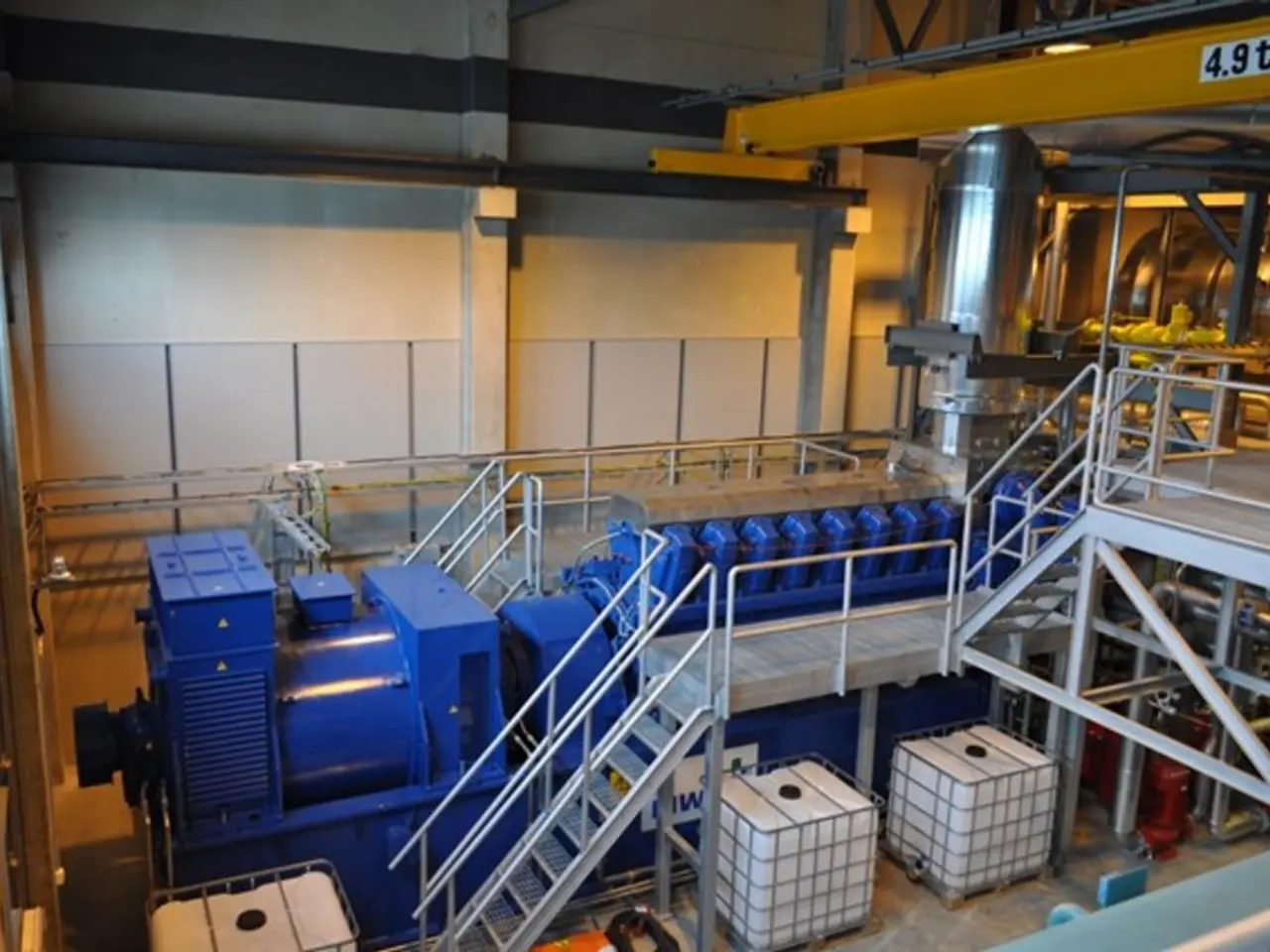Strategies for Navigating Perils in Construction Material Procurement
In the dynamic world of construction, managing evolving risks is crucial for the success of any project. Here's a guide on key strategies to bolster supply chain resilience and effectively handle risks.
Key Strategies for Managing Supply Chain Risks
1. Identify and Assess Risks
Begin by conducting a comprehensive risk assessment across your supply chain, encompassing primary and secondary suppliers, transportation, and logistics. Prioritize risks based on their potential impact on operations, finances, and reputation.
2. Develop and Implement Mitigation Strategies
a. Diversify Suppliers
Reduce reliance on a single supplier by diversifying your supply base. This strategy helps to ensure a steady supply of materials and reduces the impact of disruptions.
b. Inventory Management
Increase inventory for critical items to buffer against supply chain disruptions. Just-in-time management can be beneficial, but having a safety stock can provide an additional layer of protection.
c. Digital Technologies
Invest in digital tools for real-time monitoring and rapid response to potential disruptions. Technologies such as radio frequency identification (RFID) and global positioning system (GPS) can provide valuable insights for efficient and compliant construction supply chains.
3. Collaboration and Communication
a. Stakeholder Engagement
Collaborate with engineering, procurement, and construction (EPC) stakeholders to ensure alignment on contractual terms and supplier monitoring.
b. Data Consolidation
Use integrated platforms to consolidate procurement, sustainability, audit, and compliance data for shared visibility across the supply chain.
4. Contingency Planning
a. Incident Response Plan
Develop a plan that includes procedures for isolating affected areas, contacting suppliers, and mitigating damage in case of a breach.
b. Regular Reviews
Regularly review and adjust contingency plans to reflect changes in the risk landscape.
5. Optimize Supply Chain Design
a. Footprint Optimization
Avoid overconcentration of production and consider replicating capabilities across regions to reduce risk.
b. Nearshoring or Regional Sourcing
Consider nearshoring or regional sourcing to reduce logistical risks and improve agility.
6. Supplier Development and Risk Management
a. Invest in Key Suppliers
Invest in and strengthen relationships with critical suppliers to ensure continuity and reduce risk.
b. Monitor Tier 2+ Suppliers
Understand and manage risks associated with tier 2 and beyond suppliers to minimize potential disruptions.
Implementing Effective Risk Management
- Leverage integrated risk management tools for comprehensive visibility into supply chain risks, such as health and safety, financial risk, and ethical labor practices.
- Engage in disciplined forward planning to balance product introductions, capacity investments, and outsourced production.
- Regular compliance checks and suppliers' use of standards increase resilience in construction projects.
- Effective supply chain management aims to minimize costs, reduce delays, and enhance overall project performance.
Identifying potential risks involves evaluating suppliers for reliability, capacity, and financial stability, conducting market analysis on material availability and price volatility. These plans should indicate explicit actions to be taken in the event of disruption and clearly state who is responsible for those actions.
Building strong relationships between suppliers requires regular communication, provision of forecasts, strategic partnerships, and co-investments. Mitigation strategies include supplier diversification, maintaining optimal inventory with just-in-time management, and negotiating robust contracts with clear terms and force majeure clauses.
- To manage financial risks in the construction industry, it's essential to leverage technology, such as digital tools, radio frequency identification (RFID), and global positioning system (GPS) for real-time monitoring and rapid response to potential disruptions in the supply chain.
- Effective inventory management plays a crucial role in supply chain risk mitigation. This can be achieved by increasing inventory for critical items, employing just-in-time management, and diversifying suppliers to ensure a steady supply of materials.
- In the realm of procurement, collaborating with engineering, procurement, and construction (EPC) stakeholders is key to aligning contractual terms and ensuring efficient supplier monitoring.




